Are you struggling with blurry vision at different distances? Millions experience age-related vision changes, impacting daily life. Progressive eyeglasses, also known as no-line bifocals, offer a seamless solution. These innovative lenses provide clear vision at all distances – near, intermediate, and far – without the visible lines of traditional bifocals. To find the best progressive eyeglasses to suit your needs and budget, explore the wide variety of options available at Mozaer: [https://www.mozaer.com/search?q=best progressive eyeglasses](https://www.mozaer.com/search?q=best progressive eyeglasses).
【Understanding Progressive Eyeglasses】
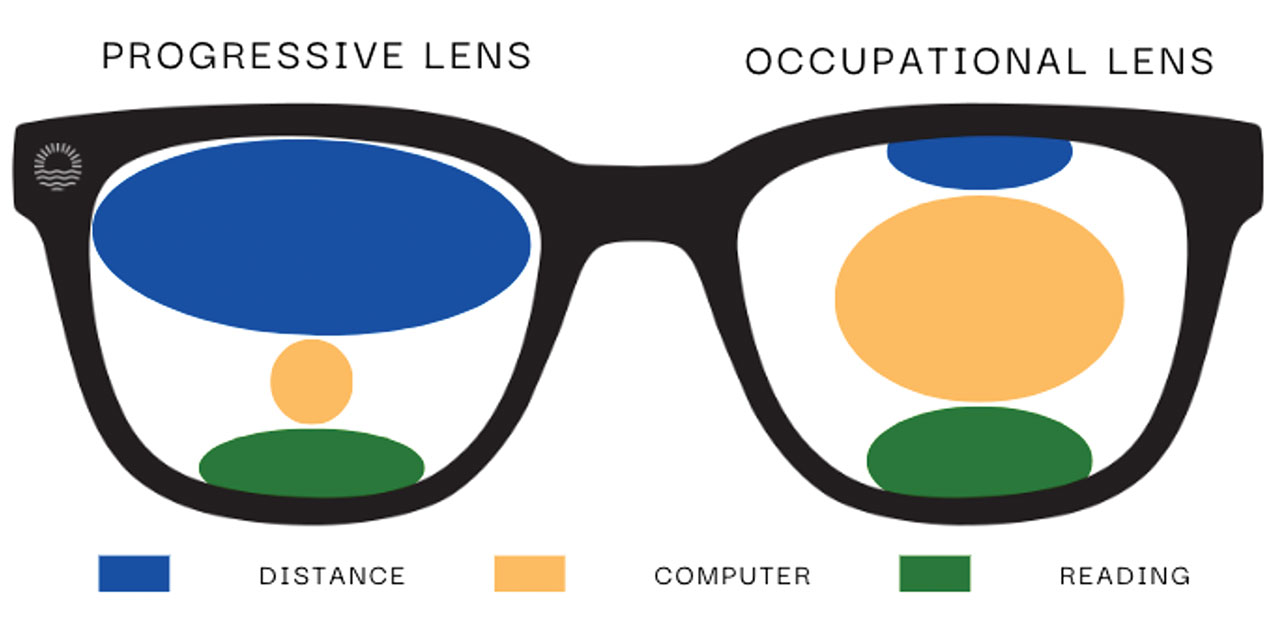
What are Progressive Eyeglasses?
Definition of progressive lenses and their function.
Progressive lenses, also known as no-line bifocals or multifocal lenses, are a type of corrective lens designed to address presbyopia. Presbyopia is the age-related loss of your eyes’ ability to focus on nearby objects. These lenses offer a gradual power change from top to bottom, providing clear vision at all distances – near, intermediate, and far – without the visible lines found in traditional bifocals. The seamless transition between vision zones makes them a popular choice for individuals experiencing age-related vision changes in 2025.
How progressive lenses differ from single vision and bifocals.
Unlike single vision lenses, which correct for only one distance (either near or far), progressive lenses correct for a range of distances. Bifocal lenses have a distinct line separating the near and far vision areas, which can be noticeable and sometimes aesthetically unappealing. Progressive lenses eliminate this line, offering a more natural and cosmetically pleasing appearance. This smooth transition between vision zones is a key differentiator and a major advantage for many wearers.
Advantages and Disadvantages of Progressive Lenses
Benefits: Seamless vision transition, improved aesthetics, reduced eye strain.
The primary benefit of progressive lenses is their seamless transition between vision zones. This eliminates the abrupt shift in focus experienced with bifocals, leading to more comfortable and natural vision. The absence of visible lines also improves the aesthetics, making them a more stylish option for those concerned with the appearance of their eyeglasses. Many users report reduced eye strain and improved comfort, especially during prolonged use such as reading or working on computers.
Drawbacks: Adjustment period, potential peripheral distortion, higher cost.
While offering many advantages, progressive lenses also have some drawbacks. A period of adjustment is often necessary as your eyes adapt to the gradual changes in lens power. Some users may experience slight peripheral distortion, particularly in the initial stages. Finally, progressive lenses typically cost more than single vision or bifocal lenses due to their more complex manufacturing process. However, the long-term benefits for many often outweigh the initial cost. For finding the best options to suit your needs, exploring different brands and styles is crucial. To find a wide variety of options to compare, consider checking out https://www.mozaer.com/search?q=best progressive eyeglasses”>best progressive eyeglasses to see what’s available and make an informed decision.
【Types of Progressive Lenses】
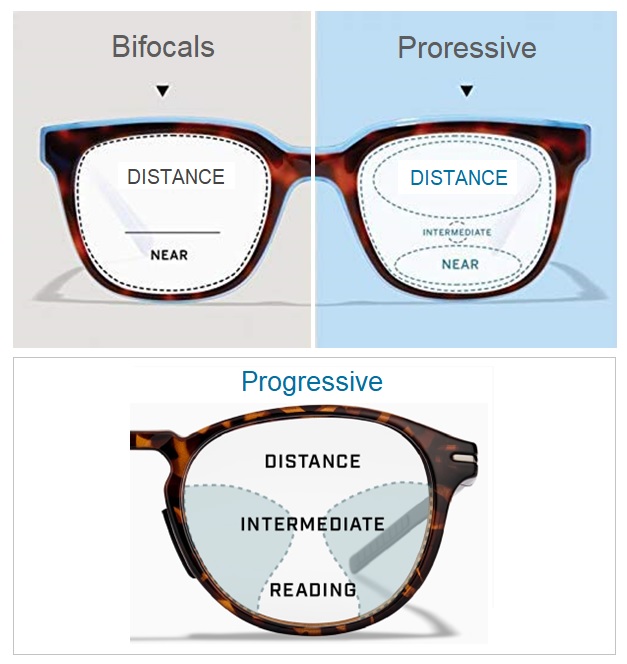
Different Types of Progressive Lenses Available
Standard progressive lenses, individualized progressive lenses, digital progressive lenses (e.g., Zeiss Digital Lenses). Comparison of features and benefits.
Several types of progressive lenses cater to various needs and preferences in 2025. Standard progressive lenses offer a basic, cost-effective solution for correcting presbyopia. They provide a smooth transition between vision zones for near, intermediate, and distance vision. However, the viewing areas might be smaller compared to other types, potentially leading to some peripheral distortion. Individualized progressive lenses, also known as personalized progressive lenses, offer a more tailored approach. These lenses are designed using advanced technology to account for individual eye characteristics and lifestyle needs, resulting in sharper vision and reduced distortion. This customization leads to a more comfortable viewing experience for many users. Finally, digital progressive lenses, such as Zeiss Digital Lenses, represent the cutting edge of progressive lens technology. They often incorporate digital design and manufacturing processes to optimize the lens design based on your unique visual profile. This type often results in a wider field of view with less distortion, particularly in the intermediate and near vision zones. The benefits of digital progressive lenses frequently include enhanced visual acuity and reduced eye strain compared to standard or individualized options. The choice between these options depends on your budget and individual visual requirements.
Choosing the Right Type for Your Needs
Considerations based on lifestyle (computer use, driving, etc.), prescription strength, and budget. Examples of best lenses for computer use and driving.
Selecting the right type of progressive lenses requires careful consideration of several factors. Your lifestyle significantly influences your choice. Individuals who spend considerable time working on computers might benefit more from digital progressive lenses with optimized intermediate vision zones. Similarly, those who frequently drive might prefer lenses designed to minimize distortion in the peripheral vision area. Your prescription strength is another crucial aspect. Stronger prescriptions may necessitate individualized or digital progressive lenses to mitigate potential distortions. Finally, your budget plays a vital role. Standard progressive lenses represent a more affordable option, while digital progressive lenses typically command a higher price point. For instance, for optimal computer use, digital progressive lenses provide superior clarity at intermediate distances, crucial for prolonged screen time. For driving, lenses with reduced peripheral distortion will improve road safety. To discover a range of options that best fit your lifestyle, vision needs, and budget, exploring various brands and styles is advisable. To browse a wide selection, check out https://www.mozaer.com/search?q=best progressive eyeglasses”>best progressive eyeglasses and compare features to find the perfect pair.
【Where to Buy Progressive Eyeglasses】
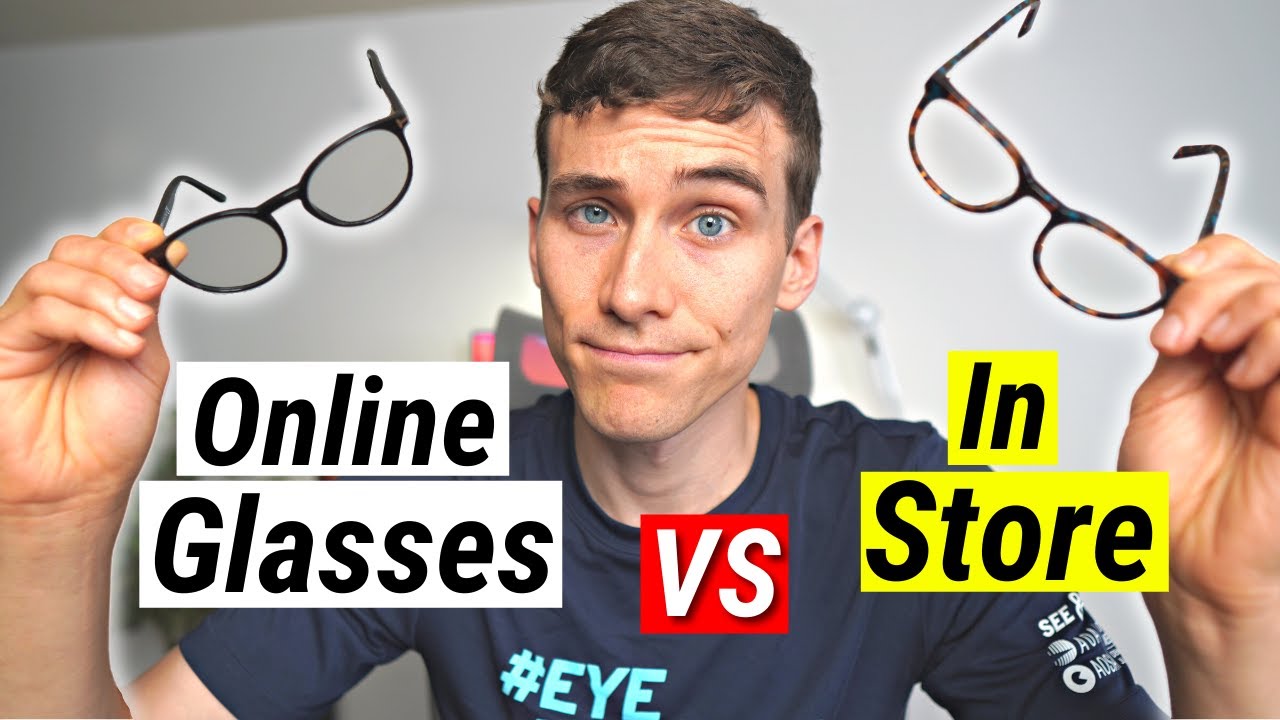
Online Retailers for Progressive Eyeglasses
Comparison of Eyebuydirect, Zenni Optical, GlassesUSA, Warby Parker (pricing, features, customer reviews, return policies). Data referencing specific product reviews and price comparisons.
In 2025, numerous online retailers offer progressive eyeglasses, each with unique strengths and weaknesses. Eyebuydirect, Zenni Optical, GlassesUSA, and Warby Parker are prominent examples. Pricing varies significantly; Zenni Optical often boasts the lowest prices, making them a budget-friendly option for those seeking affordable progressive lenses. However, lower prices sometimes translate to fewer lens customization options. Eyebuydirect offers a mid-range price point with a wider selection of frames and lens choices. GlassesUSA provides a similar offering, often competing with Eyebuydirect on price and selection. Warby Parker, known for its stylish frames, generally sits at the higher end of the price spectrum. Customer reviews reveal varying experiences. While many praise Zenni Optical for affordability, some cite longer shipping times and occasional prescription inaccuracies. Eyebuydirect and GlassesUSA receive generally positive reviews for their balance of price, selection, and customer service. Warby Parker garners acclaim for its stylish frames and excellent customer support, but the premium price may be a deterrent for some. Return policies also differ; while most offer returns within a specific timeframe, the ease and cost of returns may vary. Detailed comparisons across these factors can be found on review sites like Trustpilot and Consumer Reports.
Discussion on factors to consider when purchasing online (pupillary distance measurement, prescription accuracy).
Purchasing progressive eyeglasses online requires careful consideration. Accurate measurements are paramount. Your pupillary distance (PD), the distance between the centers of your pupils, is crucial for proper lens alignment. Incorrect PD measurements can lead to blurry vision and eye strain. Most online retailers provide tools or instructions for measuring your PD; however, inaccuracies can occur. Consider using a professional PD measurement tool or seeking assistance from an optometrist if you are unsure. Prescription accuracy is equally important. Ensure you upload a valid and recent prescription from your eye doctor. Double-check that the prescription uploaded to the online retailer matches your prescription exactly. Any discrepancies could result in ineffective vision correction. Carefully review all details before finalizing your order. If you have concerns about your PD measurement or prescription accuracy, consult your eye doctor for guidance to avoid purchasing incorrect progressive eyeglasses.
Brick-and-Mortar Options: Costco, Walmart, Local Optometrists
Costco Optical: Pricing, customer reviews, range of brands and services. Data from Consumer Reports survey.
For those preferring in-person experiences, Costco Optical presents a viable option. They often offer competitive pricing on progressive eyeglasses, particularly for Costco members. Customer reviews are mixed, with some praising the affordability and convenience, while others express concerns about limited frame selections or long wait times. Costco frequently offers a range of reputable brands, though the selection might be smaller compared to specialized optical stores. Consumer Reports surveys have, in the past, highlighted Costco Optical for its value proposition, although specific results may vary year to year. The best way to determine if Costco Optical provides suitable progressive glasses for you is to visit a local store and explore their offerings.
Walmart Vision Center: Pricing, services offered, insurance acceptance, customer experiences. Comparison of pricing with online retailers.
Walmart Vision Centers provide another accessible option, offering a wide range of services, including eye exams and eyewear. They generally feature lower prices than many independent optometrists but might not provide the same extensive range of high-end brands available in specialized stores. Walmart Vision Centers often accept various insurance plans, making them a potentially more affordable choice for insured individuals. Customer experiences vary, with some praising the convenience and affordability, while others express concerns about the quality of service and limited frame selections. Directly comparing prices with online retailers requires careful consideration of the specific frames and lenses involved; often, online retailers offer lower prices on similar products. Consider reviewing both online and in-person options to find the best value for your needs. To find the best progressive eyeglasses for you, explore the various options available. Finding the perfect pair depends on your individual needs and budget. To begin your search for the perfect pair of https://www.mozaer.com/search?q=best progressive eyeglasses”>best progressive eyeglasses, start by considering your lifestyle, prescription needs, and budget.
【Cost and Value of Progressive Eyeglasses】

Factors Affecting the Cost of Progressive Eyeglasses
Lens material (plastic, polycarbonate, Trivex), lens features (anti-reflective, scratch-resistant, blue light filtering), frame style and brand. Data on average pricing for different lens options.
The price of progressive eyeglasses, also known as multifocal lenses, depends on several key factors. Lens material significantly impacts cost. Standard plastic lenses are generally the most affordable option. Polycarbonate lenses are more impact-resistant and thus ideal for children or active individuals, but come with a higher price tag. Trivex lenses offer a balance of impact resistance and lightness, placing them in the mid-range price bracket. Beyond the material itself, additional lens features drive up costs. Anti-reflective coatings reduce glare and improve clarity, increasing the overall price. Scratch-resistant coatings add durability and longevity, but also contribute to the expense. Similarly, blue light filtering lenses designed to mitigate digital eye strain command a premium. Finally, the frame style and brand play a crucial role. Designer frames from well-known brands are substantially more expensive than standard frames. In 2025, expect to pay anywhere from $100 to well over $1000 for a complete pair of progressive eyeglasses, depending on these choices. For example, a basic pair with plastic lenses and no coatings might cost around $100-$200, while a premium pair with Trivex lenses and multiple coatings in a designer frame could easily surpass $500-$1000. Understanding these factors allows consumers to budget effectively.
Are Progressive Lenses Worth the Investment?
Analysis of cost-benefit, considering long-term comfort and vision quality. Addressing the question “Are progressive lenses worth it?”.
The question of whether progressive lenses are “worth it” is highly individual. The initial cost can seem significant; however, the long-term benefits regarding comfort and vision quality often justify the expense. For many individuals, especially those with presbyopia (age-related vision changes), progressive lenses offer unparalleled convenience. Unlike bifocals or trifocals, they provide a seamless transition between distances, eliminating the need to constantly shift your gaze. This results in reduced eye strain, headaches, and neck pain—all common complaints with other multifocal lens types. The improved clarity and comfort offered by quality progressive lenses can significantly enhance daily life, improving work productivity and recreational activities. Consider the long-term cost savings associated with avoiding frequent headaches and eye strain. For these reasons, many find that the initial investment in high-quality progressive eyeglasses pays off handsomely in the form of increased comfort and improved overall vision. Ultimately, the decision of whether or not to invest in progressive lenses depends on your individual needs and budget. To find the best option for your needs and budget, consider the range of options available. To begin your search for the perfect pair of https://www.mozaer.com/search?q=best progressive eyeglasses”>best progressive eyeglasses, carefully weigh the cost against the long-term benefits.
【Choosing and Adjusting to Progressive Eyeglasses】
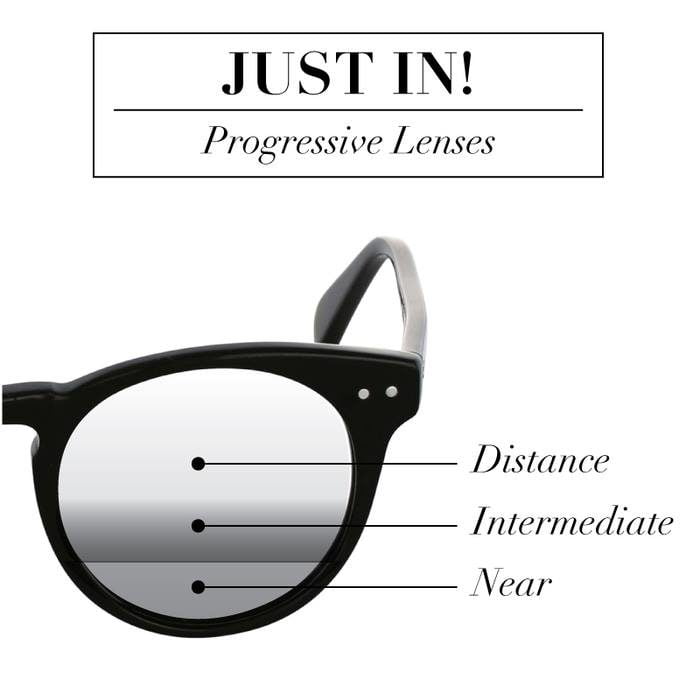
How to Choose the Right Frame and Lenses
Considerations for face shape, lifestyle, and prescription. Guidance on measuring pupillary distance.
Selecting the right frame and lenses for your progressive eyeglasses is crucial for optimal comfort and vision. Your face shape plays a significant role in frame selection. Round faces often suit angular frames, while square faces may look better with rounder frames. Consider your lifestyle too. If you’re very active, consider durable, lightweight frames and impact-resistant lenses like polycarbonate. For a more professional look, choose classic and understated frames. Your prescription is paramount. A thorough eye exam is essential to determine the correct prescription for your progressive lenses. This includes measuring your pupillary distance (PD), the distance between the centers of your pupils. Accurate PD measurement is critical for proper lens alignment and clear vision. Inaccurate PD measurements can lead to eye strain, headaches, and blurry vision. Discuss your needs and preferences with your optician; they can guide you in selecting a frame and lens combination that suits your face, lifestyle, and prescription perfectly. Remember, selecting the best progressive eyeglasses involves careful consideration of all these factors.
Getting Used to Progressive Eyeglasses
Typical adjustment period, tips for minimizing headaches and eye strain, addressing the question “How long do progressive eyeglasses take to get used to?”. Discussion on potential side effects (headaches).
Adjusting to progressive eyeglasses takes time and patience. The typical adjustment period ranges from a few days to several weeks, although some individuals adjust more quickly than others. Initially, you might experience some headaches or eye strain as your eyes learn to adapt to the varying lens powers. To minimize these side effects, start by wearing your new eyeglasses for short periods each day, gradually increasing the duration. Focus on different areas of the lenses for various distances. For near vision tasks, look through the bottom portion of the lenses; for intermediate distances, use the middle section; and for distance vision, focus through the top part. Practice moving your head slightly to adjust your focus instead of relying solely on your eye muscles. Remember to blink frequently to keep your eyes lubricated. If headaches persist or are severe, consult your eye care professional. They may suggest temporary adjustments or alternative solutions. It’s also important to maintain realistic expectations. It’s normal to feel some discomfort during the initial adjustment period. With consistent use and patience, your eyes will adapt, and you’ll begin to enjoy the benefits of clear, comfortable vision at all distances. If you are experiencing difficulties with the adjustment process, consider trying these tips or consulting your eye doctor. Finding the https://www.mozaer.com/search?q=best progressive eyeglasses”>best progressive eyeglasses will ultimately help you experience the long-term comfort and vision improvement they are designed for.
【Top Progressive Eyeglass Brands and Reviews】
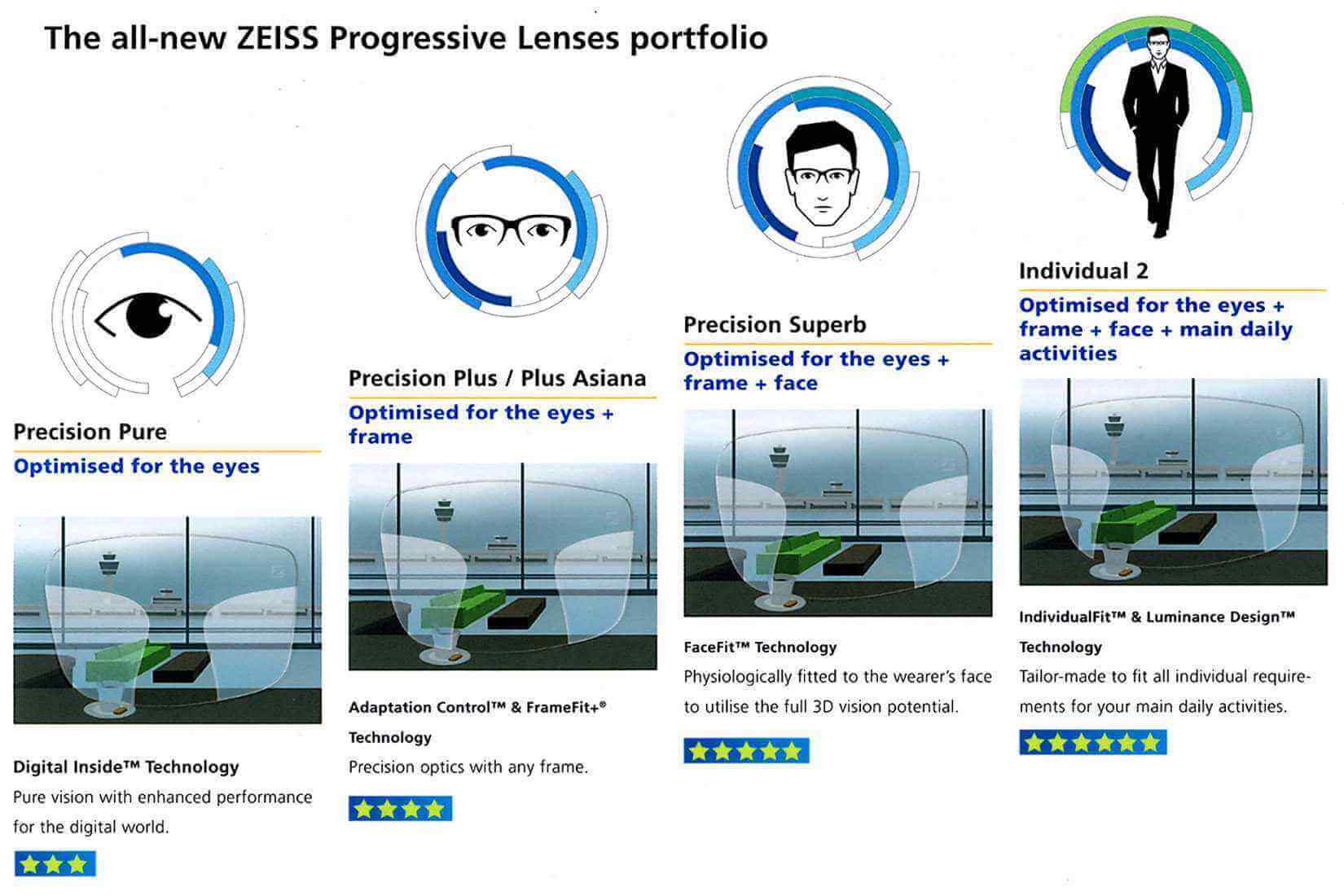
Top-Rated Progressive Eyeglass Brands
Overview of leading brands (e.g., Zeiss, Transitions), highlighting their key features and technologies.
Several leading brands stand out in the progressive eyeglass market, each offering unique features and technologies. Zeiss, a renowned name in optics, is known for its high-quality lenses with advanced progressive designs. Their lenses often incorporate technologies designed to minimize distortion and provide a wider field of vision, enhancing the overall user experience of progressive eyeglasses. Transitions lenses are particularly popular for their adaptability to changing light conditions. These photochromic lenses automatically darken in sunlight and lighten indoors, eliminating the need for switching between eyeglasses. The best progressive eyeglasses often incorporate both superior lens technology and stylish frame designs. Other notable brands include Essilor, offering similar high-quality progressive lenses, and Shamir, which specializes in advanced lens designs to address specific vision needs. The choice of brand ultimately depends on individual needs and preferences, considering factors like budget and specific lens technology requirements for your progressive lenses.
Customer Reviews and Comparisons
Analysis of customer reviews from various sources (Costco, Zenni Optical, Eyebuydirect). Comparative analysis of Warby Parker and Eyebuydirect progressive lenses. Reviews of progressive eyeglasses from Costco and Zenni Optical. Mention of progressive lenses for astigmatism.
Customer reviews offer valuable insights into the performance and user satisfaction of various progressive eyeglass brands. Online retailers like Costco, Zenni Optical, and Eyebuydirect provide a wealth of customer feedback. Many reviews highlight the affordability and wide selection of progressive eyeglasses available at Zenni Optical, while others praise Costco’s convenient in-store services and brand recognition for progressive lenses. Eyebuydirect also receives positive feedback for its online ordering process and selection. A comparative analysis of Warby Parker and Eyebuydirect progressive lenses reveals that both offer competitive pricing and a variety of styles; however, Warby Parker often garners higher praise for its customer service and overall brand experience. Customer feedback from Costco frequently points to the convenience and in-person support offered with in-store eye exams and adjustments. Similarly, reviews for Zenni Optical often commend their online design tools and wide range of frames. Many customers discuss their experiences with progressive lenses for astigmatism, noting improvements in both distance and near vision. Finding reviews that reflect your specific needs, such as those related to astigmatism, can help you find the perfect pair of progressive eyeglasses. To find the perfect progressive lenses for your needs and budget, compare brands, read reviews from verified purchasers, and don’t hesitate to utilize the resources and tools offered by online retailers to find the https://www.mozaer.com/search?q=best progressive eyeglasses”>best progressive eyeglasses for your vision.
【Progressive Eyeglasses vs. Alternatives】
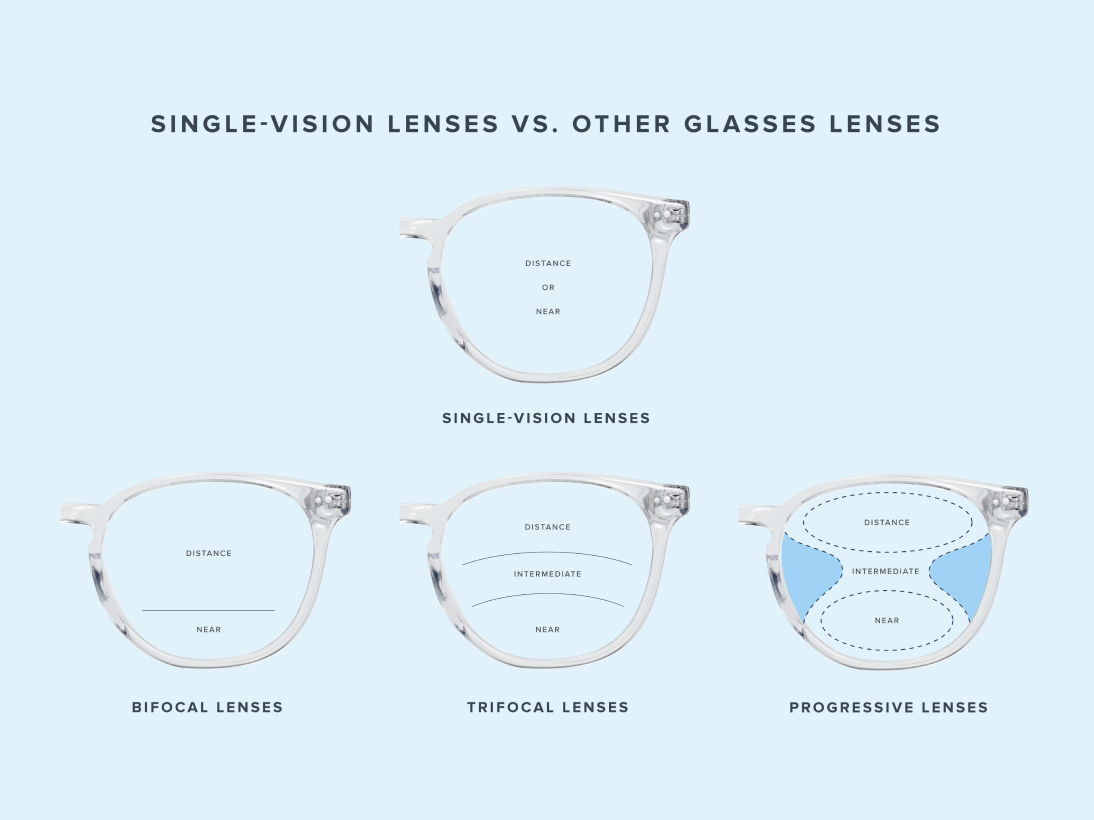
Progressive Lenses vs. Single Vision Lenses
Comparison of visual clarity, convenience, and cost. Addressing the question “Progressive lenses vs single vision”.
Progressive lenses and single vision lenses offer distinctly different visual experiences. Single vision lenses correct for only one distance, either near or far. This means individuals needing correction for both near and far vision require separate pairs of glasses. Progressive lenses, on the other hand, provide a seamless transition between distances, eliminating the need for multiple pairs. This is a significant convenience factor. While single vision lenses offer sharp vision at their prescribed distance, progressive eyeglasses provide a more natural viewing experience with a gradual change across distances. The cost differs significantly; single vision lenses are generally cheaper upfront, but the added cost of purchasing separate pairs for near and far vision often surpasses the initial cost of progressive lenses in the long run. Considering the convenience and long-term cost-effectiveness, progressive lenses are often preferred by individuals needing correction for both near and far vision. The clarity and ease of use significantly impact the overall quality of life for those needing vision correction. Choosing between single vision and progressive depends heavily on individual needs and budget, yet the overall convenience and long-term value often make progressive eyeglasses the better choice.
Progressive Lenses vs. Bifocals
Comparison of appearance, vision correction, and adjustment period. Addressing the question “Progressive eyeglasses vs bifocals”. Discussion of cheap progressive eyeglasses online.
Bifocal and progressive lenses both address the need for correction at multiple distances, but their approach differs significantly. Bifocals have a distinct line separating the near and far vision correction areas, which can be noticeable and sometimes aesthetically unappealing. Progressive lenses, conversely, offer a smooth, seamless transition between vision correction zones, resulting in a more natural and cosmetically pleasing appearance. While both offer vision correction for near and far vision, the vision correction quality differs slightly. Bifocals offer crisp vision in the near and far sections, but the transition between them can be abrupt and disorienting for some. Progressive lenses provide a gradual shift, generally leading to better clarity and adaptation across multiple viewing distances. Adjusting to progressive eyeglasses typically requires a short adjustment period, longer than single vision but shorter than bifocals which can take several weeks to fully adapt to. Finding affordable options is possible; many online retailers offer cheap progressive eyeglasses online, allowing for greater accessibility. The overall user experience with progressive eyeglasses often leads to higher satisfaction due to their superior aesthetics, smoother vision transition, and easier adaptation. Online retailers offering cheap progressive eyeglasses provide a great opportunity to balance affordability and improved vision correction. To find the best option for you, consider the factors of appearance, vision clarity, and the period of adjustment required. You can find great options by exploring retailers that offer https://www.mozaer.com/search?q=best progressive eyeglasses”>best progressive eyeglasses at various price points.
【Additional Considerations】

Progressive Lenses and Digital Eye Strain
The role of blue light filtering lenses in reducing digital eye strain.
Digital eye strain is a common complaint in 2025, particularly among those who spend long hours working on computers or using other digital devices. The blue light emitted from these screens can contribute significantly to eye fatigue, headaches, and blurry vision. For wearers of progressive eyeglasses, this issue can be amplified. However, incorporating blue light filtering technology into your progressive lenses can significantly mitigate these issues. These specialized lenses are designed to filter out harmful blue light, reducing eye strain and improving overall comfort during extended digital use. Many modern progressive eyeglasses now offer this added feature, making it a worthwhile consideration when choosing your eyewear. The improved comfort and reduced strain can noticeably impact your daily productivity and well-being. Consider this feature when exploring options for the best progressive eyeglasses to improve the quality of your digital life.
Progressive Lenses and Driving
Tips for safe driving with progressive lenses. Addressing the question “Best progressive eyeglasses for driving”. Types of progressive lenses suitable for driving.
Driving with progressive eyeglasses requires some adjustment, but it’s entirely manageable with the right approach. A key aspect to consider is the design and type of progressive lenses chosen. Some designs are better suited for driving than others, offering wider peripheral vision in the distance viewing zone. When selecting progressive eyeglasses, specifically mention your need for driving to your optician. They can guide you towards lenses optimized for driving, ensuring clear vision while maneuvering your vehicle. To further enhance safety, ensure you have a comprehensive eye exam before purchasing new eyeglasses to ensure the prescription is accurate. It’s important to position your head correctly when driving to minimize distortion and maximize clarity. Taking a short test drive in a safe area after receiving your new progressive eyeglasses can help you get acclimated to your new vision correction and driving experience. Finding the right progressive eyeglasses for driving can dramatically improve safety and enhance your driving experience. Look for high-quality progressive eyeglasses specifically designed for driving comfort to improve driving visibility. For optimal results, choose the https://www.mozaer.com/search?q=best progressive eyeglasses”>best progressive eyeglasses that cater to your specific driving needs.
Choosing Your Perfect Progressive Eyeglasses: A Recap
This comprehensive guide has explored the world of progressive eyeglasses, providing you with the knowledge to make an informed decision. We’ve examined the various types of progressive lenses—standard, individualized, and digital—each offering unique benefits based on your lifestyle, prescription, and budget. Understanding the differences between these options, along with lens materials (plastic, polycarbonate, Trivex) and features (anti-reflective, scratch-resistant, blue light filtering), is crucial for selecting the perfect pair.
Furthermore, we’ve compared several prominent online and in-person retailers—including Eyebuydirect, Zenni Optical, GlassesUSA, Warby Parker, Costco Optical, and Walmart Vision Centers—highlighting pricing, features, customer reviews, and return policies to help you determine the best purchasing method for your circumstances. Remember to factor in your pupillary distance (PD) measurement and prescription accuracy when buying online. We’ve also addressed the importance of choosing appropriate frames considering face shape and lifestyle, along with the typical adjustment period for progressive lenses and how to mitigate potential side effects like headaches.
Finally, we’ve compared progressive lenses against alternatives like single vision and bifocals, highlighting the advantages and disadvantages of each. We also discussed the role of blue light filtering lenses in reducing digital eye strain and provided tips for safe driving with progressive eyeglasses. The key takeaway is that progressive lenses offer a superior vision solution for many, but making the right choice requires careful consideration of individual needs and budget. By understanding the options and factors involved, you can confidently select the best progressive eyeglasses for your vision requirements, ensuring clear, comfortable vision for years to come. Remember to utilize the resources and tools available from online retailers to aid your selection process. Start your journey towards clearer vision by exploring the wide range of options at [https://www.mozaer.com/search?q=best progressive eyeglasses](https://www.mozaer.com/search?q=best progressive eyeglasses). Remember to consult your eye doctor for personalized advice and guidance.

Leave a Reply